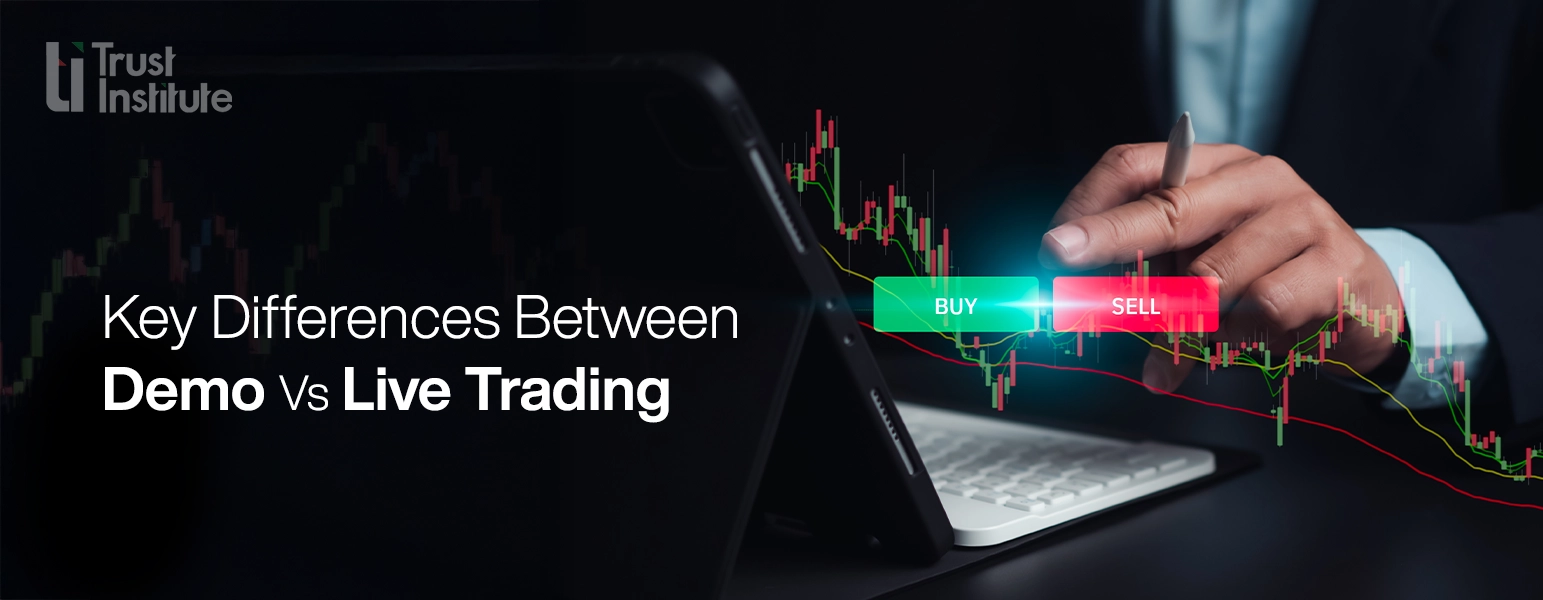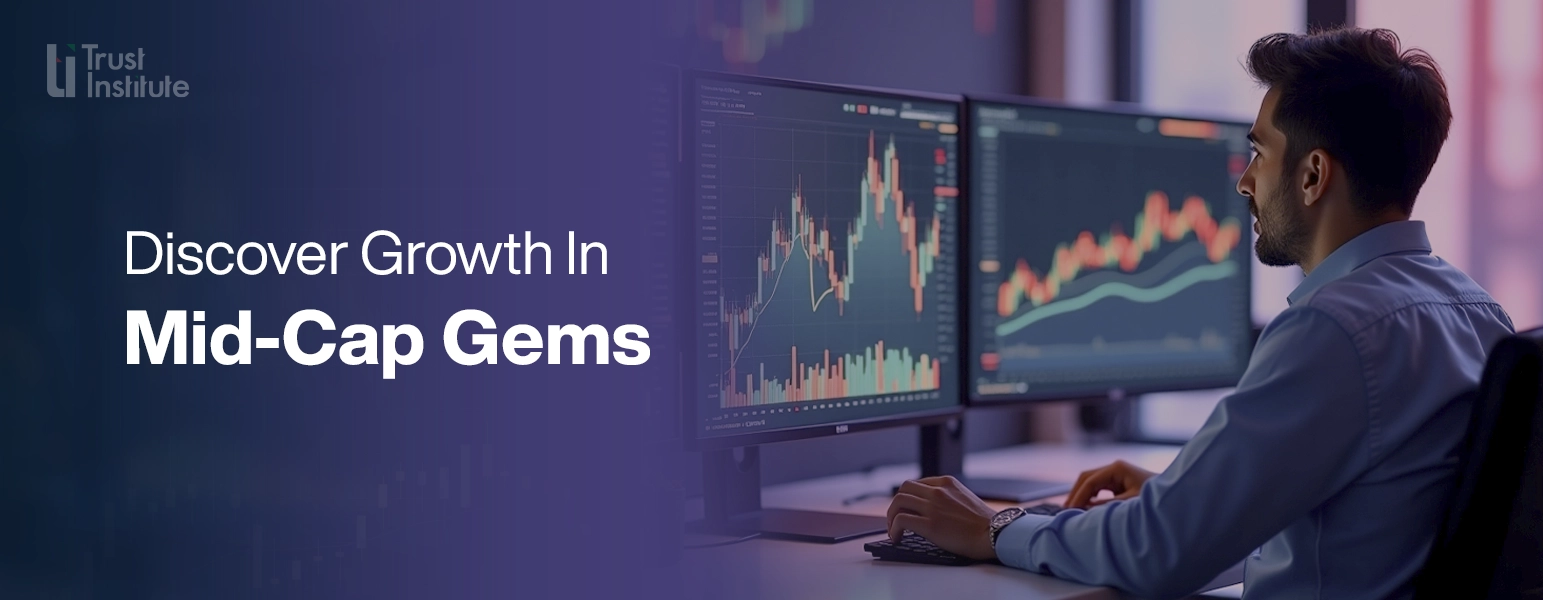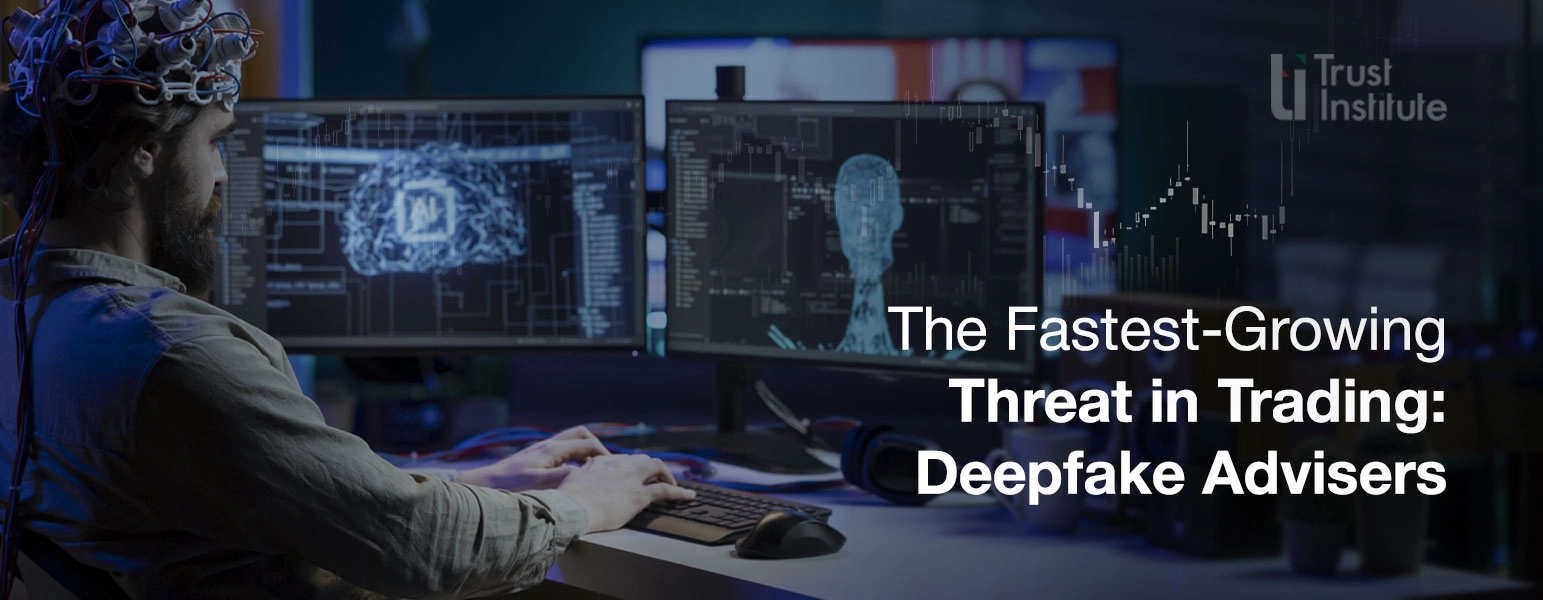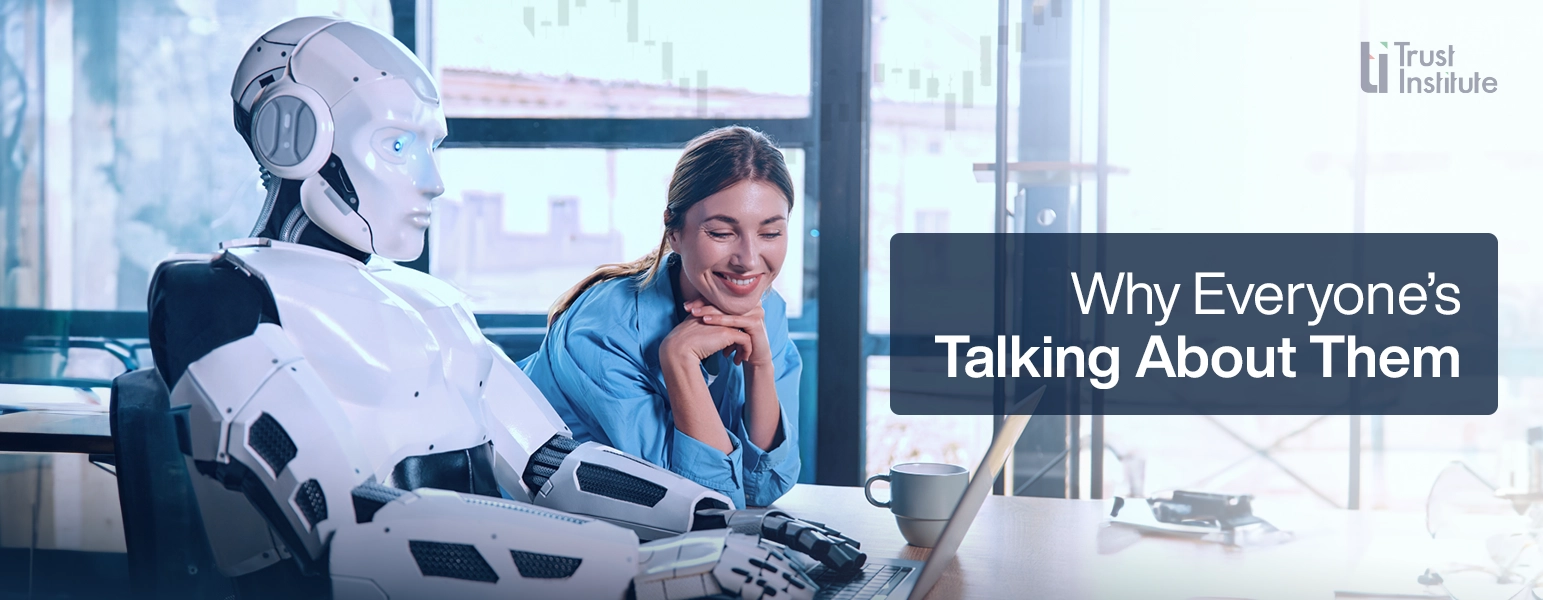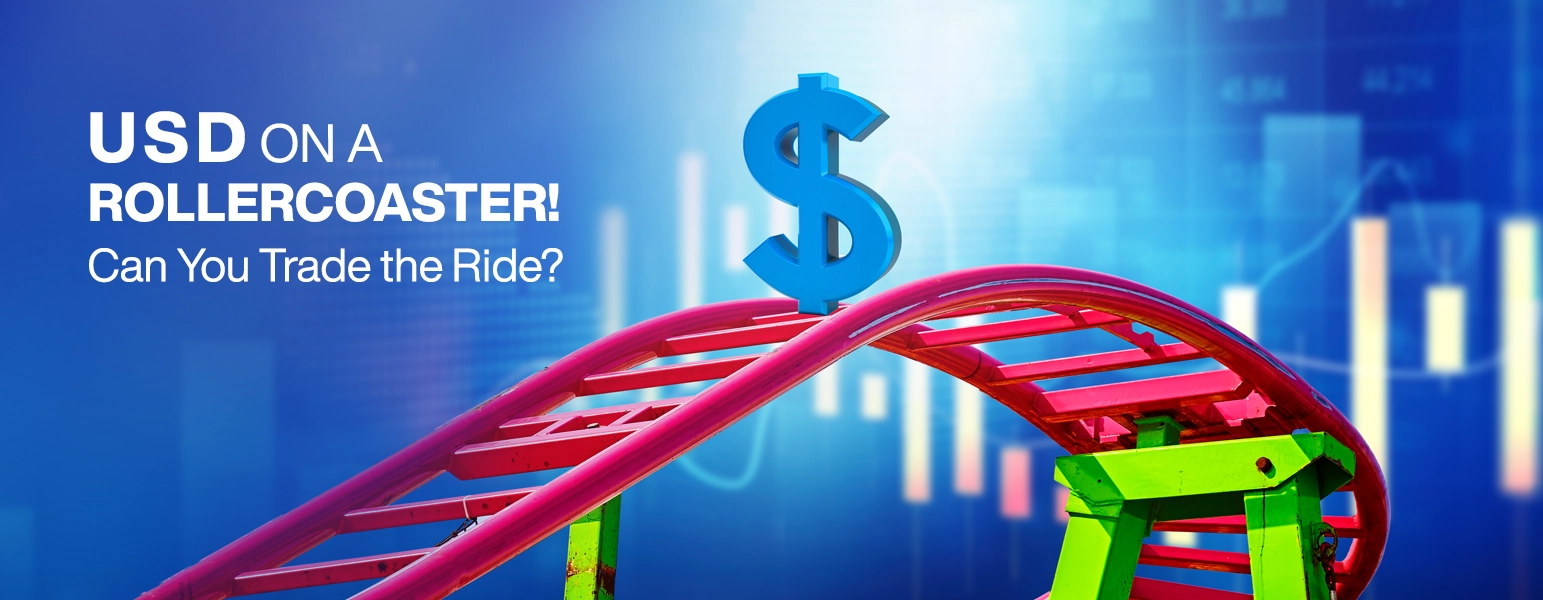Explore the world of financial trading and
gain the knowledge and tools for success with our expertly
written articles and blogs.

Algorithmic Trading: Is It the Future?

On May 6, 2010, the U.S. stock market experienced what is now known as the Flash Crash. The Dow Jones Industrial Average mysteriously plummeted nearly 1,000 points within minutes, in what was, at the time, its largest intraday drop ever, before erasing most of the losses just as quickly. What caused this? The attention focused on a large sell order that was placed by a trading algorithm, which appeared to trigger an unruly chain reaction among other trading bots and high-frequency trading systems.
The Flash Crash demonstrated both the growing dominance of algorithms in international markets and the possible risks of depending too much on them. In the present day, algorithmic trading has become both more advanced and more widely available. Is this technology the way of the future for trading, then?
What Is Algorithmic Trading?
Algorithmic trading, or “algo trading,” is the practice of using computer programs to carry out buy and sell orders in the financial markets by predetermined guidelines. The trading techniques that underpin these rules evaluate market data, spot opportunities, and respond in milliseconds—much faster than any human trader could.
The Role of High-Frequency Trading

In algorithmic trading, high-frequency trading (HFT) is a key element. Within a fraction of a second, thousands of orders are placed in HFT. Strong computers that run intricate trading algorithms that take advantage of little price fluctuations execute these trades. Despite its controversy, HFT has become an essential component of contemporary trading and increases market liquidity.
Why Is Algorithmic Trading on the Rise?
Several significant benefits of algorithmic trading are responsible for its rising popularity:
- Speed and Efficiency: Algorithms are capable of processing enormous volumes of data and responding quickly to market possibilities.
- No Emotional Bias: Trading algorithms don’t let emotions get in the way of logic and statistics, unlike human traders.
- Automation and Consistency: Automated systems avoid making snap judgments and follow the plan.
- Back Testing Capabilities. Before a strategy goes live, its performance can be estimated by testing it using historical data.
Empowering Retail Traders
Modern trading platforms and user-friendly trading apps have made algorithmic trading, which was formerly the purview of huge financial organizations, available to individual traders. In order to enable users to create and test their trading algorithms, these tools frequently have scripting and bots built in.
To get started, many aspiring traders turn to trading courses that offer step-by-step training on algorithm development, technical indicators, and risk management. Additionally, a wide range of trading books explains everything from beginner concepts to advanced strategies, making algorithmic trading less intimidating for newcomers.
Risks and Considerations
Despite the benefits, algorithmic trading comes with risks:
- Technical Failures: A bug in the trading software can lead to massive losses.
- Over-Optimization: Strategies that look perfect in back tests might fail in real-time conditions.
- Market Disruptions: As seen in the Flash Crash, large trades by automated systems can disrupt the market.
This makes it essential for traders to not only rely on automation but also understand market fundamentals and keep learning.
So, Is Algorithmic Trading the Future?

Of course. Algorithmic trading is here to stay, as evidenced by the financial industry’s growing reliance on technology and data-driven judgments. Future traders will have access to even more potent tools thanks to advancements like artificial intelligence (AI), machine learning, and more intelligent trading bots.
But rather than taking the place of human judgment, technology should be viewed as a tool. Traders who combine technical talents with in-depth market knowledge will be the greatest; they will continuously improve through trading books, practical experience, and extensive trading courses.
Conclusion
From causing one of the most dramatic market events in history to becoming an essential tool for traders today, algorithmic trading has come a long way. Whether through high-frequency trading, personalized bots, or advanced trading software, it is shaping the future of finance. For traders ready to learn and adapt, this is an exciting frontier with limitless potential.
All blogs
©TRUST TRAINING AND DEVELOPMENT INSTITUTE 2025
Disclaimer: Trust Institute is a KHDA-licensed educational institution based in Dubai, UAE. All training programs, materials, and content offered through our website and in-person sessions are provided strictly for educational purposes. We do not offer financial or investment advice, and we do not engage in or promote any trading activity.
Our courses are designed to increase knowledge and understanding of financial markets. Trust Institute is not a brokerage firm, does not manage client funds, and does not participate in any trading on behalf of its students.
Participation in financial markets, including Forex trading, involves significant risk and may not be suitable for everyone. Individuals are encouraged to conduct their own research and consult with licensed financial professionals before making any financial decisions.
By accessing our content or enrolling in our courses, you acknowledge and accept that Trust Institute is not liable for any financial outcomes resulting from the application of educational material shared. You agree that your use of this information is at your own discretion and responsibility.
Trust Institute is fully licensed and regulated by the Knowledge and Human Development Authority (KHDA) in Dubai, United Arab Emirates.




